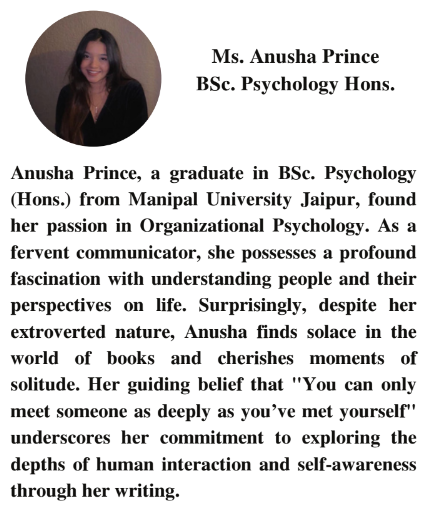Group dynamics are crucial in every setting that involves the collaboration of people. Social psychology helps us decipher the corporate workplace in newfound ways and gives us an understanding of how people work. The synergy between organizational psychology and social psychology provides profound insights into how individuals interact within groups, and these interactions influence a team’s overall performance. Recently, working in an organization highly focused on team development, enhancing group dynamics, and improving the organizational culture helped me understand how people can react and engage better within teams to collaborate in a way that not only creates better bonds internally but also helps the organizational success. Having a look at this concept through the lens of a practical scenario involving a project coordinator working to enhance team collaboration and bonding, I examined the interaction with his team members, including the marketing strategist and the developers, uncovering valuable insights into applying group dynamics in a workplace setting.
Pranav, known for his adept coordination skills and good relations with Rohan and the developers, faces a unique challenge. While his bond with each team member is strong, the interaction between Rohan and the developers could be better, creating bottlenecks in work completion and overall team efficiency. This situation highlighted several key aspects of group dynamics in an organizational setting for me.
Communication and Group Dynamics:
Effective communication is the cornerstone of successful team collaboration. In Pranav’s scenario, the limited interaction between Rohan and the developers suggests a breakdown in communication channels. This gap can lead to misunderstandings, delays in project completion, and decreased team morale. Pranav’s role, in this case, extends beyond coordination to facilitating open and effective communication.
Social Identity Theory and In-Group Bias: This theory suggests that individuals categorize themselves and others into various social groups, favoring those within their group. In Pranav’s team, the developers and Rohan might have unconsciously formed separate ‘in-groups,’ leading to reduced interaction and collaboration. Recognizing and addressing this bias is crucial for fostering a more inclusive team environment.
The Impact of Role Clarity and Interdependence: Role clarity ensures that each team member understands their responsibilities and how they contribute to the larger objectives. Pranav needs to clarify Rahil’s role concerning the developers and vice versa. Establishing a clear understanding of their interdependent roles can enhance collaboration and reduce task-related conflicts.
Strategies for Enhancing Group Dynamics:
- Improving Inter-Group Relations: Pranav can organize team-building activities involving Rohan and the developers to break down barriers and enhance understanding and empathy between the two sub-groups.
- Enhancing Communication: Implementing regular inter-team meetings where both Rohan and the developers can discuss their challenges and progress can significantly improve communication. Pranav should encourage an environment where open and honest communication is valued.
- Conflict Resolution Mechanisms: Establishing a conflict resolution protocol can help address any issues that arise swiftly and effectively. Pranav can play a mediating role, ensuring that conflicts get resolved in a manner that is constructive and beneficial for the team.
- Leadership and Influence: As a leader, Pranav’s approach to handling this situation can set the tone for the team’s future interactions. Adopting a transformational leadership style, where he inspires and motivates team members while empathizing with their needs, can significantly enhance team dynamics.
- Creating a Culture of Psychological Safety: Encouraging an environment where team members feel safe to express their ideas and concerns without fear of negative consequences is critical. This safety net fosters innovation, risk-taking, and a sense of belonging among team members.
The scenario with Pranav, Rohan, and the developers illustrates the complex nature of group dynamics in organizational settings. By applying social and organizational psychology principles, such as effective communication, understanding social identity, role clarity, and leadership, Pawan can navigate these challenges to build a more cohesive, efficient, and successful team.
Understanding and managing group behavior is not just about resolving conflicts; it’s about creating an environment where each member’s strengths are recognized and utilized, leading to collective success and individual fulfillment.
About the author


